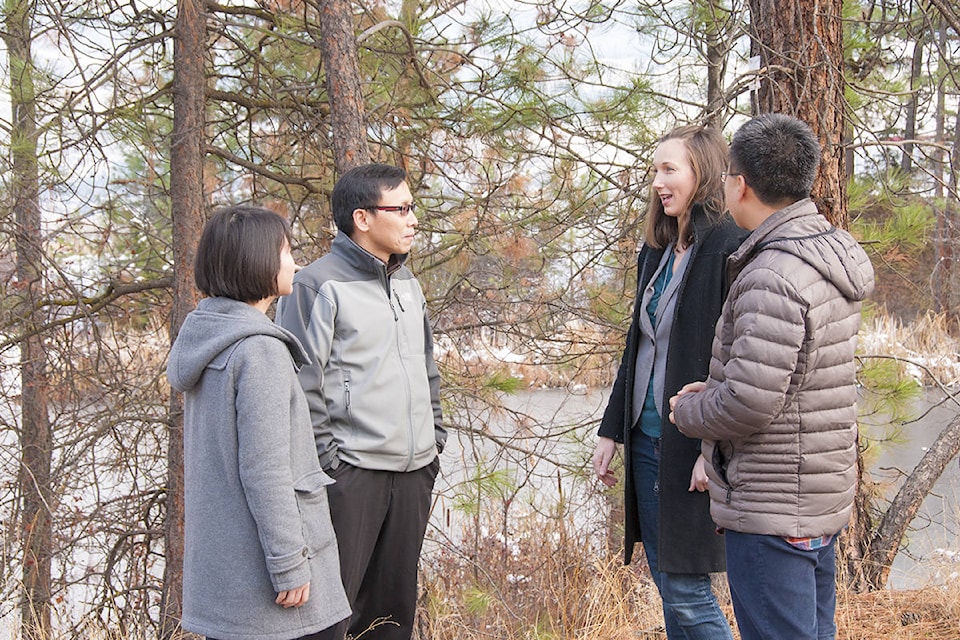UBC) researchers have discovered that changes to ground vegetation can have as much of an impact on global water resources as climate change.
Geographic sciences professor Adam Wei, PhD candidate Qiang Li and researchers from the Chinese Academy of Forestry recently published a study examining the impacts of how changes in forest vegetation affect water supplies, according to UBCO.
Using several decades worth of data, their work examined how water resources are responsive to vegetation ground cover and climate change.
“As we urbanize land and continue to convert forests for other uses, our water regimes change,” said Wei. “We end up with the systems we do not design for and entire watersheds are being affected.”
Forested areas are critically important water resources, said Li. But as land is developed or the green vegetation is destroyed, watersheds are irreversibly damaged.
“We need to recognize the importance of vegetation,” he said. “Forest cover is an important element and we need to keep this in mind for the future. Scientists talk about how climate change affects water when they measure global warming. We’re suggesting they also need to keep an eye on forest vegetation. It’s a key indicator of the health of our water resources.”
Forests cover more than 30 per cent of the world’s land surface and Li said about 21 per cent of the global population directly depends on these catchments for their water supply.
Using computer modelling, the researchers examined historical data from 2000 to 2011. They looked at changes in land vegetation and annual water yield in boreal and tropical forests in locations such as British Columbia, Canada, Russia, Brazil, Finland and the Democratic Republic of the Congo, according to UBCO. Along with development, intensive forest logging, fire, and insect infestation were reasons for forest and ground vegetation loss.
“Our simulations show that the average global alteration in annual water flow due to vegetation change is as high as 31 per cent. Our results also show that on average, in 51 per cent of the study area, vegetation change and climate change operate together and can lead to either fewer water resources, meaning higher chances of drought, or an increase in water supply and higher chances of devastating floods.”
These findings have far-reaching implications for assessing and managing future global water resources, said Wei.
To report a typo, email: edit@kelownacapnews.com.
@KelownaCapNews
newstips@kelownacapnews.com
Like us on Facebook and follow us on Twitter.
